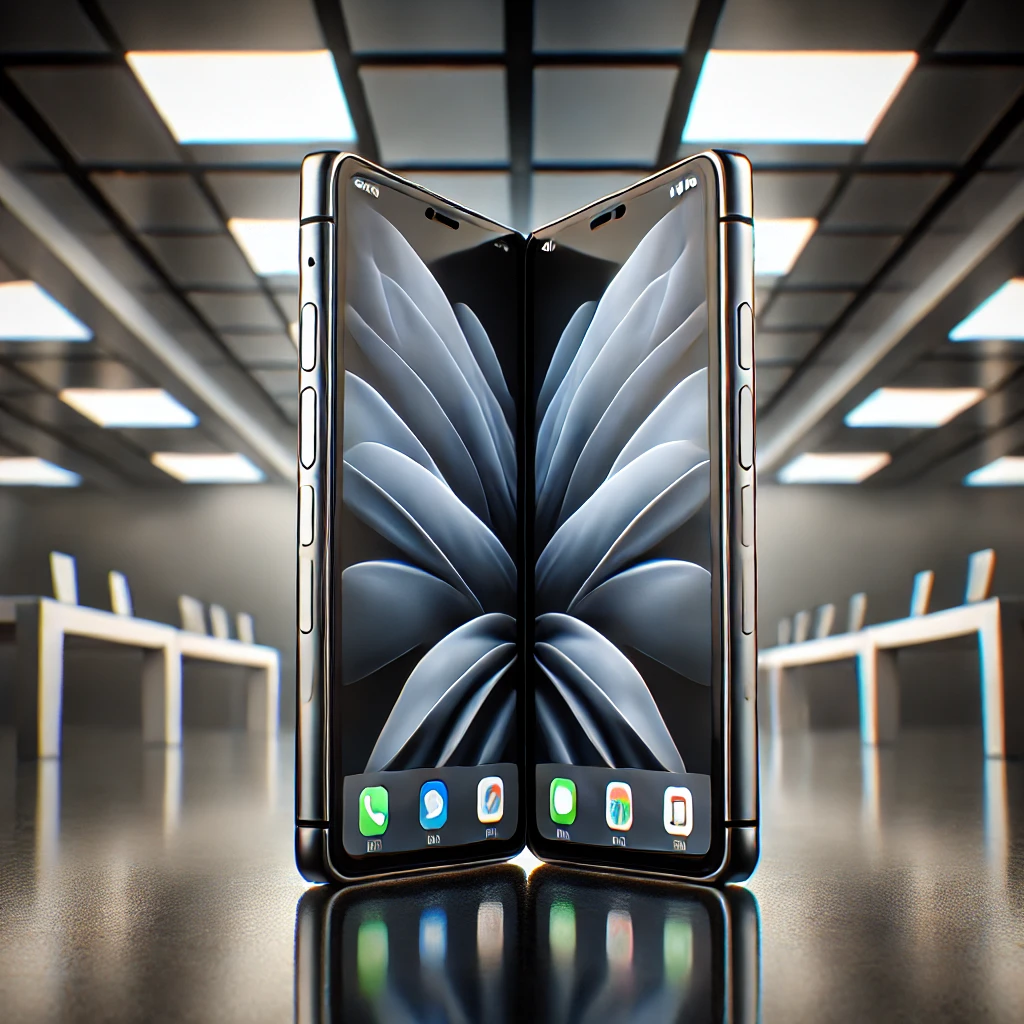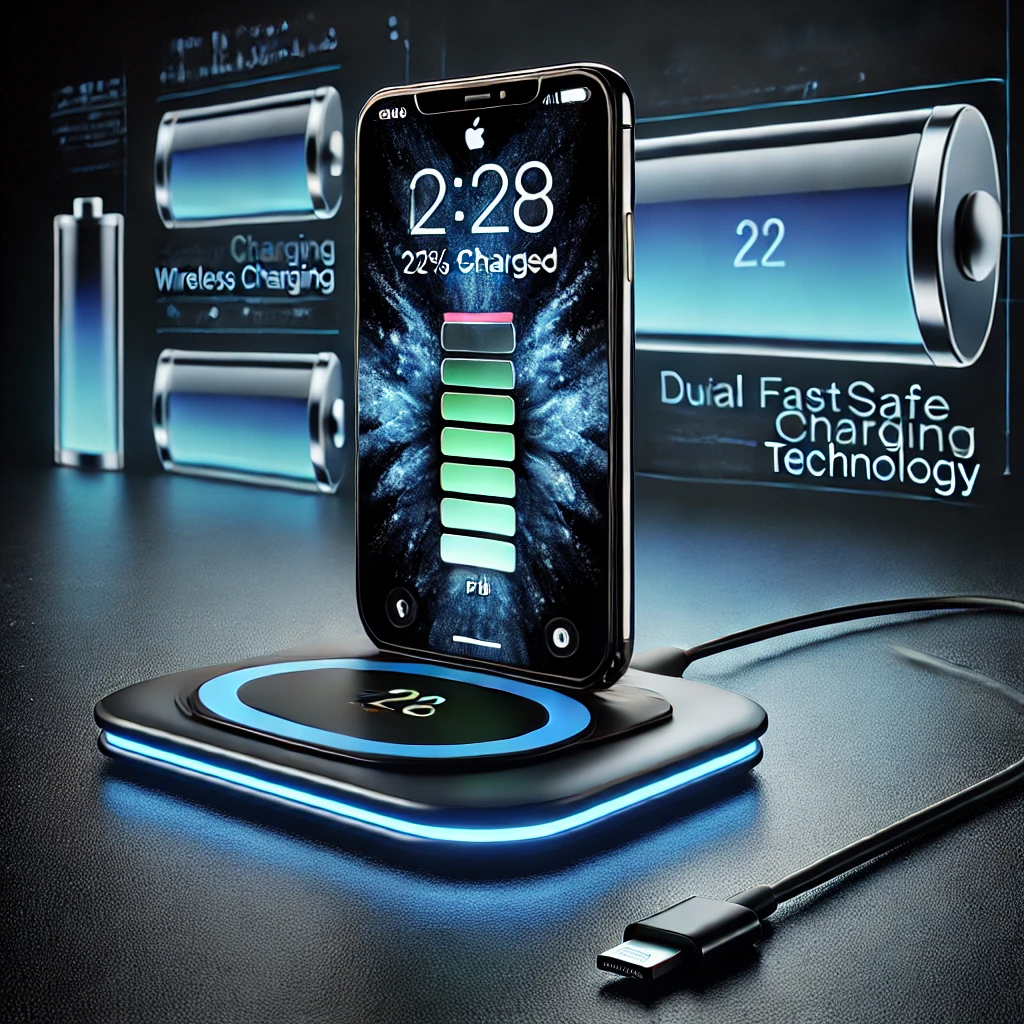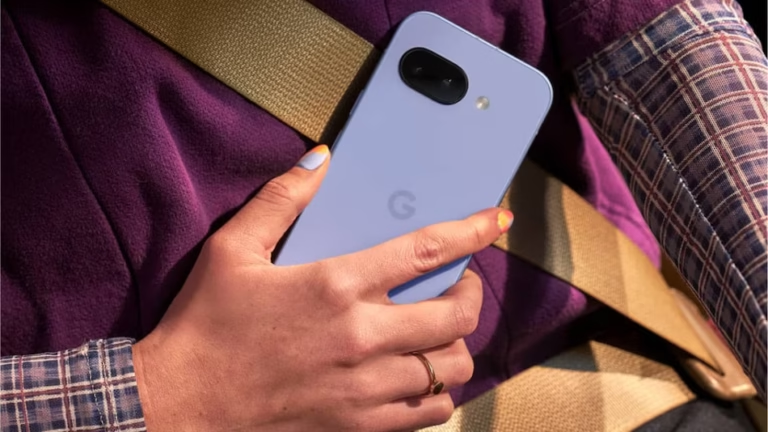
1. Release Date

Apple will reportedly finalise the design and features of its first-ever foldable iPhone by mid-2025. The phone will likely be released in 2026. However, due to the intricate manufacturing process, the initial units may be available in limited quantities and come with a high price tag. Reports suggest that Apple is planning a second-generation model for 2027, with increased production and potential cost reductions.
2. Display
The foldable iPhone is expected to feature a 7.8-inch crease-free inner display paired with a 5.5-inch outer display. This design suggests a book-style foldable form factor, similar to Samsung’s Galaxy Z Fold 6, rather than the clamshell-style foldable that some earlier reports claimed Apple was focusing on.
3. Design and Build
Apple’s first foldable iPhone is expected to feature a book-style design. It will likely unfold into a compact tablet similar to Samsung Galaxy Z Fold. High-end materials are likely to be a key focus, with reports suggesting a durable hinge made from a stainless steel and titanium alloy, complemented by a titanium outer casing for added strength.
The company is said to be developing a specialized hinge mechanism to reduce the screen crease, aiming for a nearly seamless fold when opened. Durability remains a top priority, with Apple reportedly working on solutions to common foldable phone issues, such as hinge wear and screen fragility. Speculation also suggests the inclusion of dust-resistant hinges and some level of water resistance, though achieving full waterproofing akin to traditional iPhones may be challenging.
4. Processor and Performance
The foldable iPhone is expected to feature Apple’s latest high-end chip, potentially the cutting-edge A-series processor from its launch year or even a laptop-class M-series chip for enhanced performance. This would ensure flagship-level speed and smooth multitasking on the larger display. Reports suggest it will include ample RAM, with speculation pointing to around 12 GB in premium configurations to support multiple apps and the demands of a big screen.
Apple is also focusing on AI-driven optimizations, introducing “Apple Intelligence” features to improve the user experience. These enhancements may enable smart multitasking, such as displaying maps on one half of the screen while interacting with an AI assistant on the other. Overall, the foldable iPhone is expected to run efficiently and powerfully, benefiting from Apple’s seamless hardware-software integration despite its innovative form factor.
5. Software and iOS Adaptation
Apple is expected to customize iOS for the foldable iPhone, incorporating elements from iPadOS to optimize the larger screen. Reports suggest features like split-screen multitasking and seamless app continuity when switching between folded and unfolded modes.
This could allow users to run two apps side by side or have an app automatically expand from the cover display to full screen when the device is opened. The foldable iPhone’s iOS version may also include exclusive UI enhancements such as improved drag-and-drop, floating windows, or a taskbar to streamline multitasking. Apple is said to be analyzing existing foldable software solutions from Android competitors and will refine them to ensure a smooth and intuitive user experience.
6. Camera System
Despite its premium status, the foldable iPhone may opt for a dual-lens camera setup instead of a triple-lens system. Reports suggest it will feature a main wide camera and an ultra-wide camera, similar to the non-Pro iPhones. These lenses could still be high-resolution, potentially around 48MP each, ensuring excellent photo quality even without a dedicated telephoto zoom.
This simpler setup may be a strategic move to save space and reduce complexity, as foldable designs have limited room for multiple lenses. It could also help control costs while maintaining top-tier image processing through software enhancements. Additionally, the device is expected to have front-facing cameras on both the folded and unfolded screens, allowing users to take selfies or video chat seamlessly, whether using the device in phone or tablet mode.
7. Battery Life and Charging
The foldable iPhone is rumored to house a large battery to power its dual displays, with some reports pointing to a capacity of around 5,000 mAh—larger than that of the iPhone 16 Pro Max. To optimize space and balance weight, Apple may adopt a dual-battery design, placing one battery in each half of the device. Advanced battery chemistry and software optimizations in iOS should help extend battery life despite the high power demands of a foldable screen.

In terms of charging, the device is expected to support MagSafe wireless charging, along with fast wired charging through its port. Some speculation even suggests faster wireless charging than current models, making it more convenient for users. Overall, Apple aims to ensure that despite its larger form factor, the foldable iPhone maintains reliable battery life and quick charging capabilities.
8. Price and Variants
Industry analysts predict the foldable iPhone will carry a premium price tag, with estimates suggesting a starting price above $2,000. Some projections place the base model in the $2,000–$2,500 range, particularly if it comes with high starting storage, such as 256GB. Additional configurations are expected to include 512GB and even 1TB storage options, likely paired with around 12GB of RAM. Unlike standard iPhone lineups with multiple models.
, Apple may position the foldable as a single high-end flagship, possibly branded as “iPhone Ultra.” Given its luxury pricing, Apple may also offer premium finishes or even limited-edition versions, reinforcing its status as one of the most expensive iPhones ever. This device is expected to target tech enthusiasts willing to invest in the latest innovation.
9. Market Competition
Apple’s entry into the foldable market will put it head-to-head with established competitors like Samsung and Google. Samsung’s Galaxy Z Fold series has undergone multiple refinements and is expected to have even more advanced models by the time Apple releases its first foldable. Google’s Pixel Fold and devices from brands like Oppo and Motorola also bring unique approaches to the form factor. Apple appears to be focusing on superior build quality and a seamless user experience, particularly in eliminating the visible screen crease seen on many foldables.
The company’s emphasis on polished software integration could give it an edge, but as a late entrant to the foldable space, expectations are high that Apple will deliver a near-perfect execution from the start. If successful, the foldable iPhone could set new benchmarks in display quality, hinge durability, and software optimization, but it will have to compete in a niche currently dominated by Samsung.
10. Potential Accessories
To complement the foldable iPhone, Apple is expected to introduce a range of accessories designed specifically for its unique form factor. One of the most exciting rumors is Apple Pencil support, potentially making this the first iPhone compatible with the stylus. This would allow users to take notes or sketch on the unfolded screen, transforming the device into a mini-tablet for creatives and professionals. Apple is also likely to develop specialized cases that protect the foldable design without interfering with its functionality.
These cases may feature built-in stands or Apple Pencil holders. Existing MagSafe accessories, such as chargers, wallets, and car mounts, should remain compatible since the foldable is expected to retain MagSafe technology. Additionally, Apple might introduce exclusive add-ons like screen protectors for the flexible display or a modified MagSafe Battery Pack tailored to the foldable design. With its strong ecosystem of accessories, Apple is likely to ensure users have plenty of options to enhance their experience from the very beginning.
Read About 10 Exciting Things We Know About Harry Potter TV series






1 thought on “10 Things We Know About Apple’s Foldable iPhone”